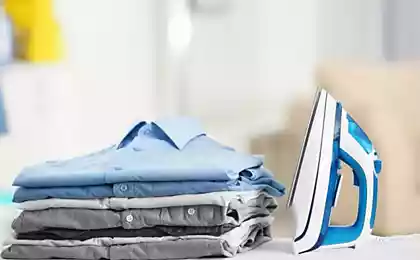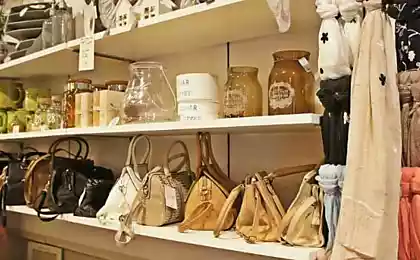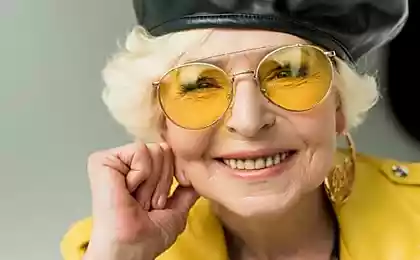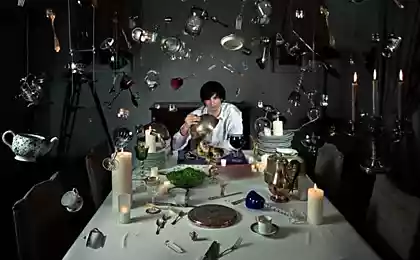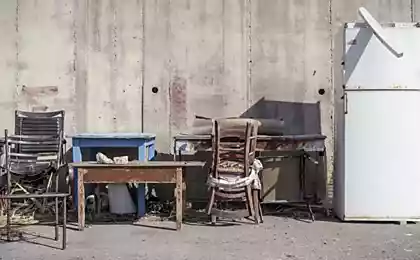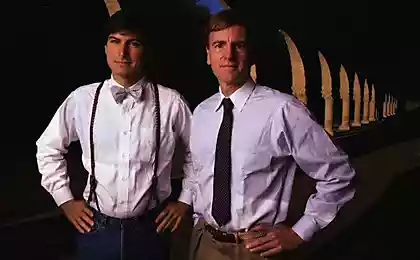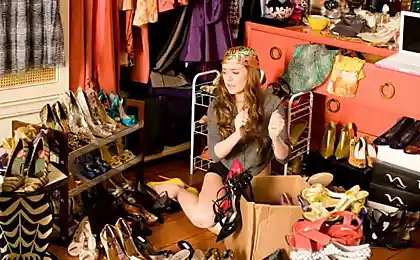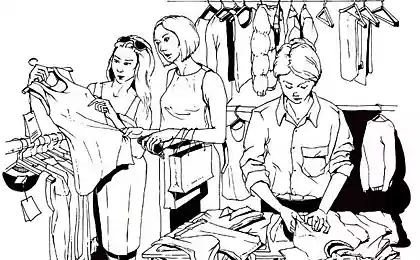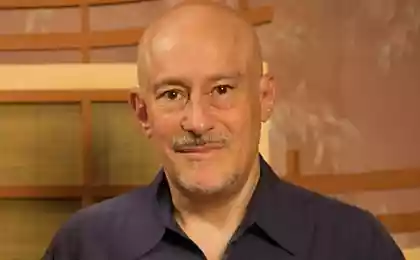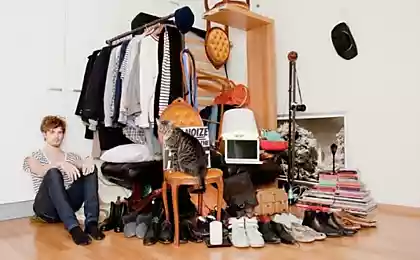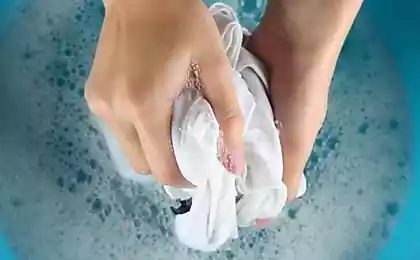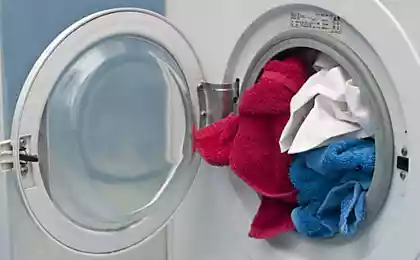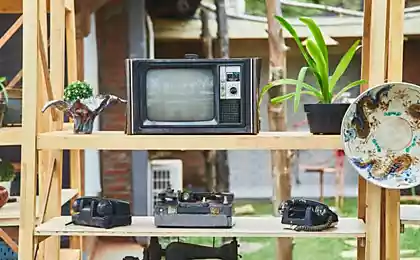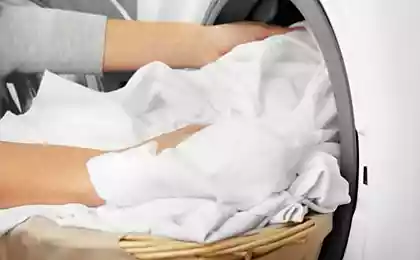2077
Amazing things
Have you thought about how there were things that surround us. That's what we're used to, than use almost every day - what a story these items?
1. cartons Tetra Pak.
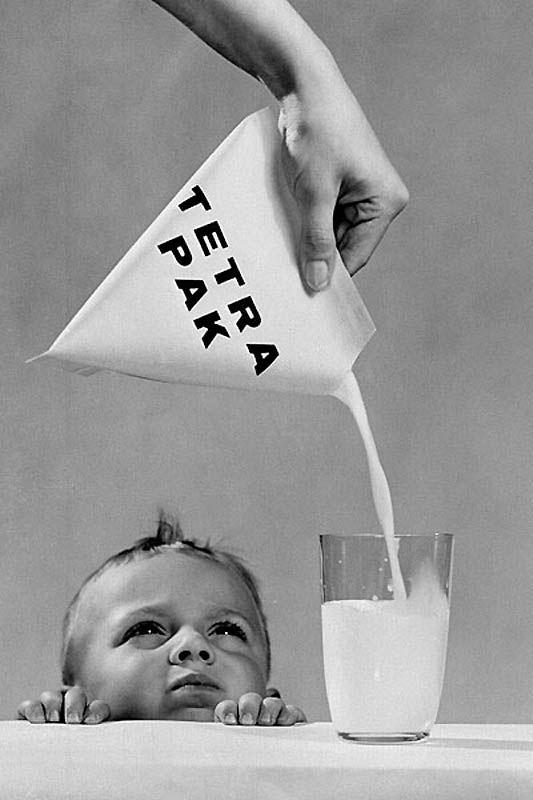
For a long time the standard is glass bottles, but improvements in the packaging industry in the United States 1940 inspired by Swedish businessman Ruben Rausing to find alternatives. He developed a method of creating a sealed vessel of special cardboard and wrapping. The technology is called Tetra Pak - just called and waterproof cardboard. In the late 1960s, such packaging has become a standard for storing non-perishable milk. (Tetra Pak) 2. The carrier for six cans
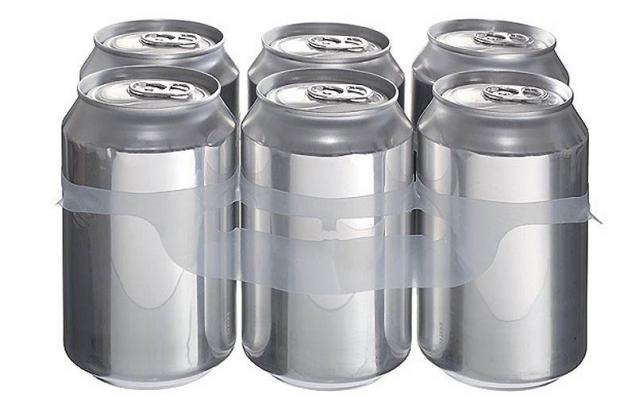
He became the answer to the question as to simplify the carrying of half a dozen cans of beer. Research Engineer of Illinois Tool Works named Jules Ougleza Poupitch received three patents for their inventions between 1959 and 1963. He was the first who saw the potential of plastic and used it to create the package with a minimum expenditure of effort and material. (Andreas Suetterlin)
3. reflectors.
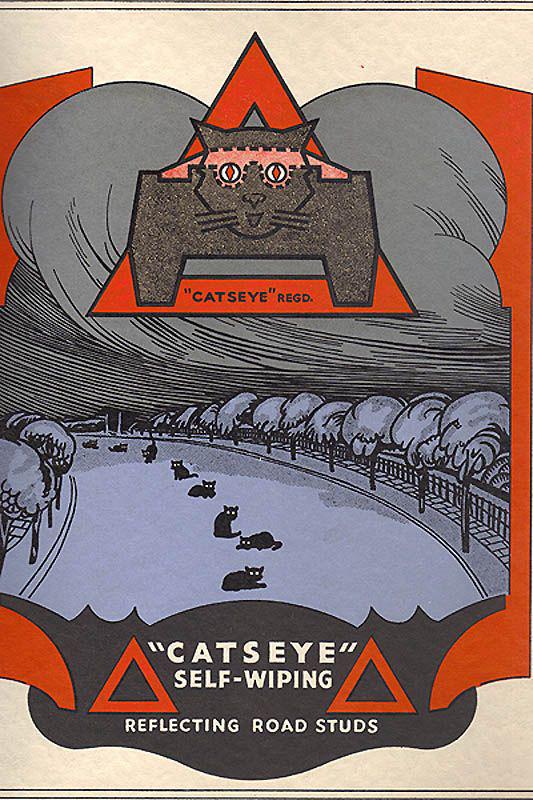
During the active development of road transport in the 1920s, the issue of road safety rose very sharply. Englishman Percy Shaw, inspired by the case of the reflection of light of headlights in the eyes of a cat, in 1934 created the first reflectors and called it "Cat's Eye". His invention is used to this day, contributing to road safety and not wasting energy. (Reflecting Roadstuds Ltd)
4. Rubber Band.
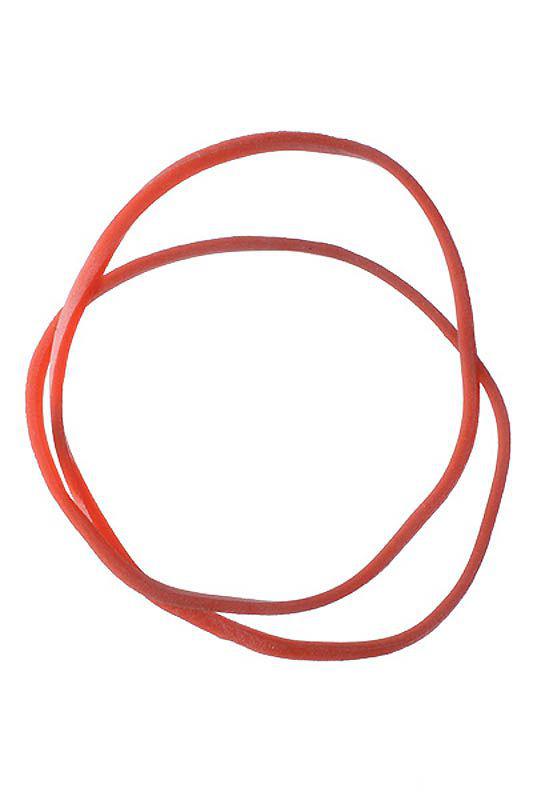
Rubber industry in the UK was founded by Thomas Hancock in the mid-nineteenth century. In the mid-1840s, working with his American counterpart, Charles Goodyear, Hancock discovered the effect of vulcanization - heated rubber with sulfur acquired much more useful properties. Mr. Hancock patented process, and a year later one of the licensees, Steve Perry, used it to create a rubber band. (Andreas Suetterlin)
5. Glass jars.
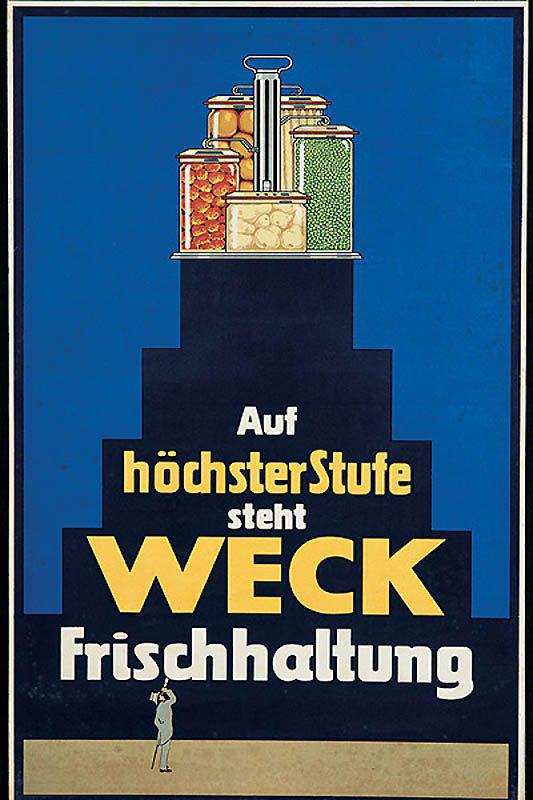
Until universal electrification of homes and before the fruit and vegetables became available year-round conservation in glass jars was the most common way to store food. Company Weck, established January 1, 1900 became world famous thanks to the fact that the patented method of preservation. At a time when consumers are increasingly worried about natural products, canned experiencing a revival. (J. Weck GmbH u. Co. KG)
6. Tin.
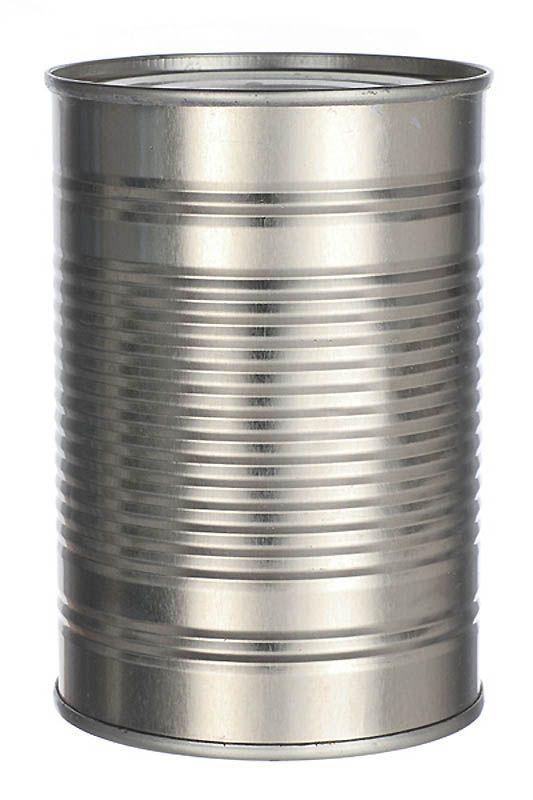
The origin of tin goes back to the days of Napoleon. He needed a means of ensuring food supplies, which would not be spoiled for a long time, and he announced a competition for the solution of this problem. In 1809 Nicolas Appert offered to put products into sealable containers, pre-sterilizing them with boiling water. In 1810, the British merchant Peter Durand suggested instead of glass to use metal containers coated with tin, and King George III gave him a patent for this invention. (Andreas Suetterlin)
7. pacifier.
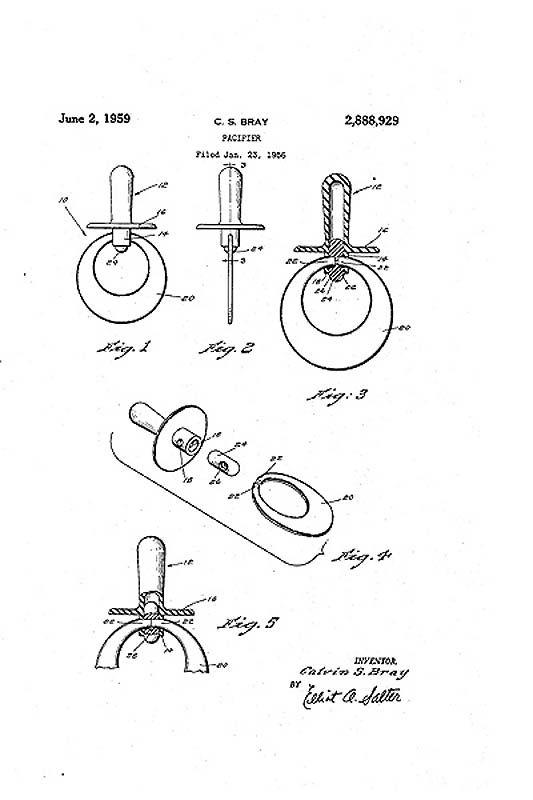
Back in the sixteenth century, children were given sugar or other foods wrapped in a piece of cloth to soothe and distract. Around the year 1900 took the form of a dummy, which has been preserved until now: she nipple shield (that the child could not swallow it) and a pen. In the photo drawing nipples, patented Kelvin Bray in 1959. (Hidden Heroes)
8. Pencil
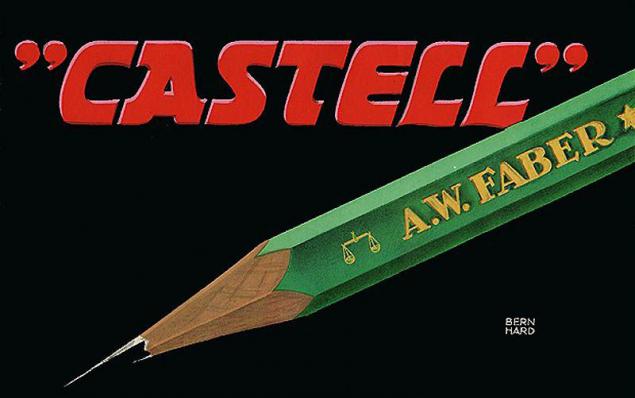
Pencils first appeared in the sixteenth century, when Kumberlende, England, found deposits of graphite. For a long time it was thought that this lead ore, but in 1779 Carl Wilhelm Schiele proved that this carbon. Nicolas Jacques Conte developed a method proivzodstva pencils, buyout is still in use: graphite rod is baked in the oven and is a wooden shell. (AW Faber-Castell Corporate Administration. Archive and Collections)
9. Corkscrew.
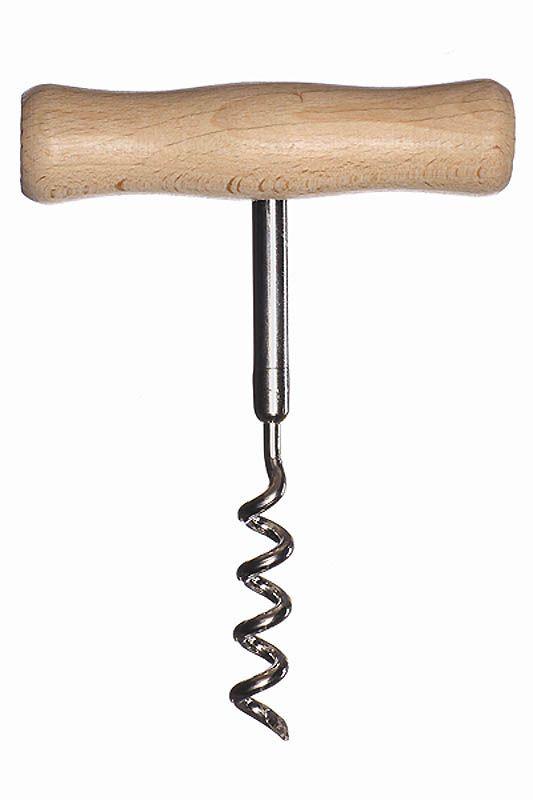
His story begins in the late eighteenth century. The wine is stored in oak barrels, but to increase the shelf life, it was poured into glass bottles and closed them tightly stoppered. No one exactly knows who first invented the corkscrew, but the first patent issued in 1795, belongs to the British priest Samuel Henshellu. Today, there are about 50 000 models and variations of spin. (Andreas Suetterlin)
10. tissue.
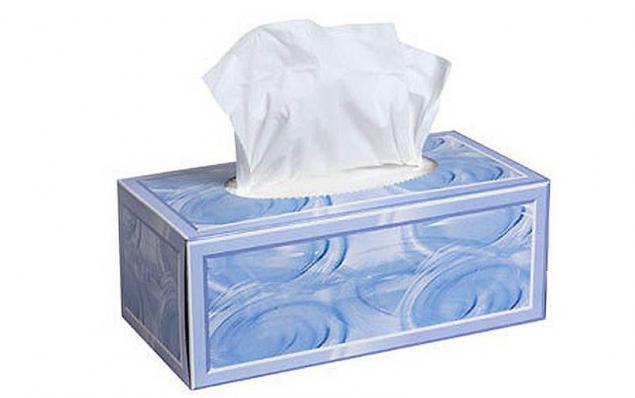
It brings together two opposites, because at the same time should be soft and durable. Large manufacturing companies are Kleenex from the US and Tempo from Germany. In Germany alone, every year there are about 40 billion napkins. (Alamy)
11. A light bulb.
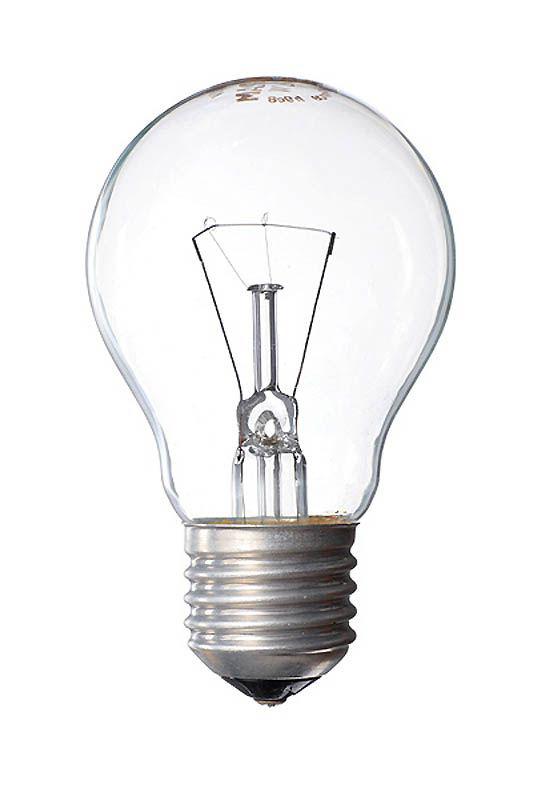
Thomas Edison and Sir Joseph Swan invented the light bulb almost simultaneously and independently from each other. Together, they created the company "Ediswan". In the future construction of the bulb has been greatly simplified, and the invention has simplified the lives of billions of people across the globe.
12. Zipper.
This clasp is easy to use, but has a rather complex design and operation. Rotor teeth connects on both sides - they have a convex top and concave bottom - so that they lie in a vertical row in a staggered manner. To unzip, slider lifts the teeth so that they disunite. Swede Gideon Sandbek spent years improving the design. (Sebastian Errazuriz)
13. The tray of eggs.
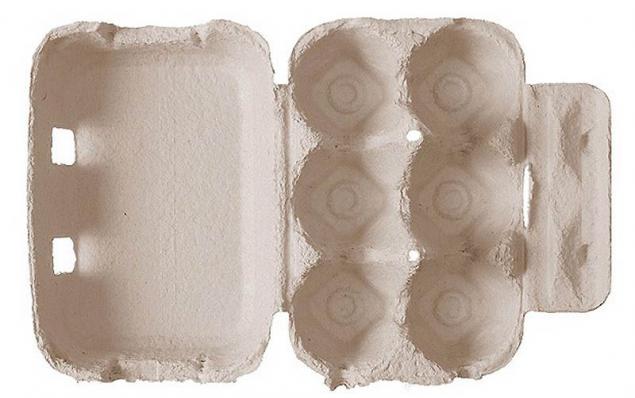
The idea to do trays of pressed fibrous material belongs to the American Martin Kizu. In the early twentieth century, he tried to press trays made of wood with steam. He soon realized that it is easier to use sawdust, which can be given any shape. So he created a simple and inexpensive method for the production of packaging material. Despite the fact that much has changed since the 1930s, cardboard trays of eggs remained exactly the same. (Andreas Suetterlin)
14. Patch.
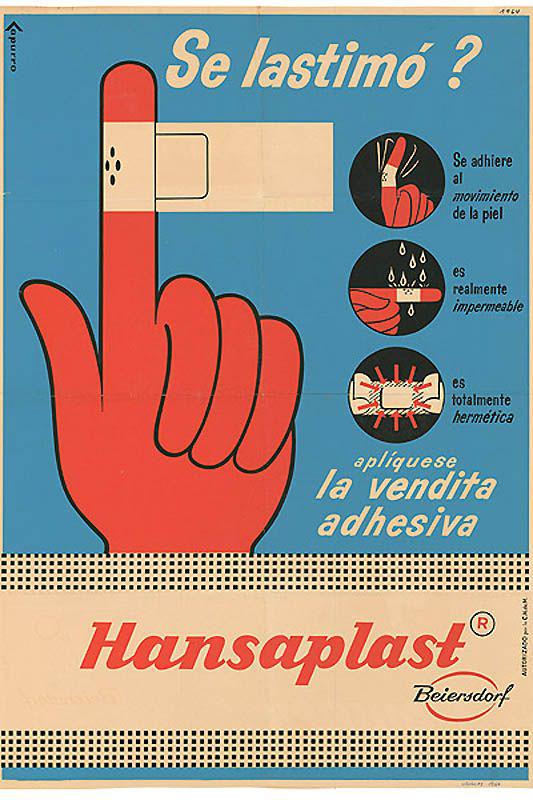
To close small wounds and cuts that appeared at his wife while working around the house, the American Earl Dixon gauze stuck to the adhesive tape. Soon the company Johnson & Johnson, where he worked Earl began to produce his invention called the Band-Aid. In Germany, almost at the same time appeared on the market a product Hansaplast. (Beiersdorf AG)
15. Barcode.
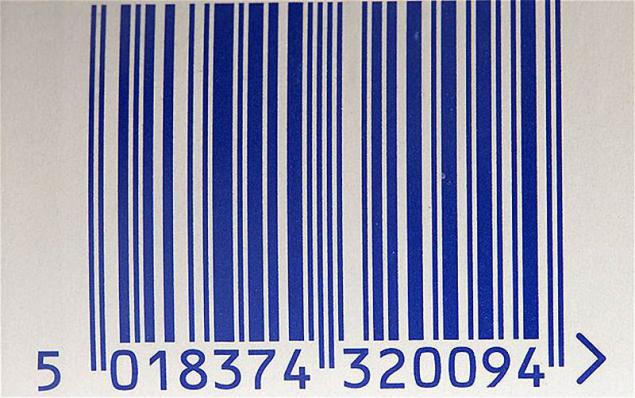
Today in international trade without the barcode can not do. At the initiative of IBM in the United States it was introduced in 1973. In economics, the universal adoption of barcode Earth has become one of the largest voluntary agreements. Considered the inventor Norman Woodland, received a patent for it in 1952. (Alamy)
16. The tea bag.
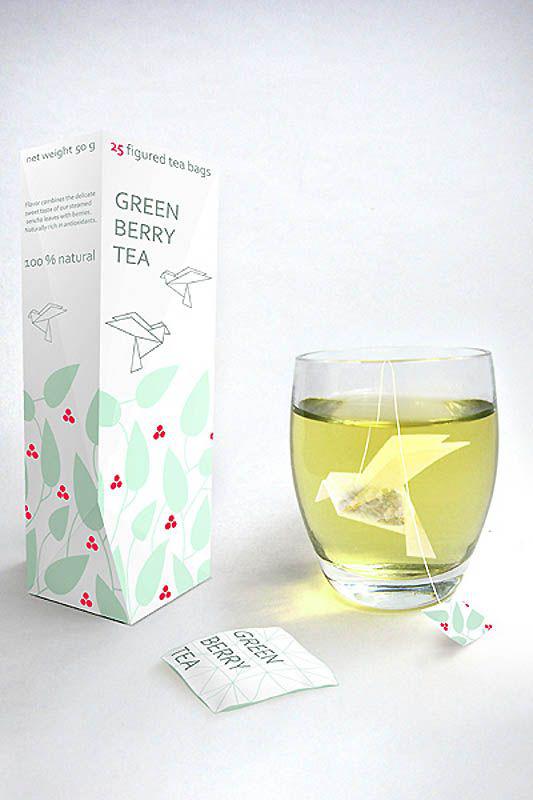
The invention of tea bags was accidental. In the early twentieth century American merchant Thomas Sullivan transporting test samples of tea in small silk bags, and one of the buyers are not emptying tea threw the bag in boiling water. In 1913, two German entrepreneur Eugen Nissle and Rudolph Anders registered the name "Teefix" for muslin tea bags. Tea bags of paper fibers were extended in 1930, when it became possible to seal them under the influence of temperature. (Hidden Heroes)
17. bubble wrap.
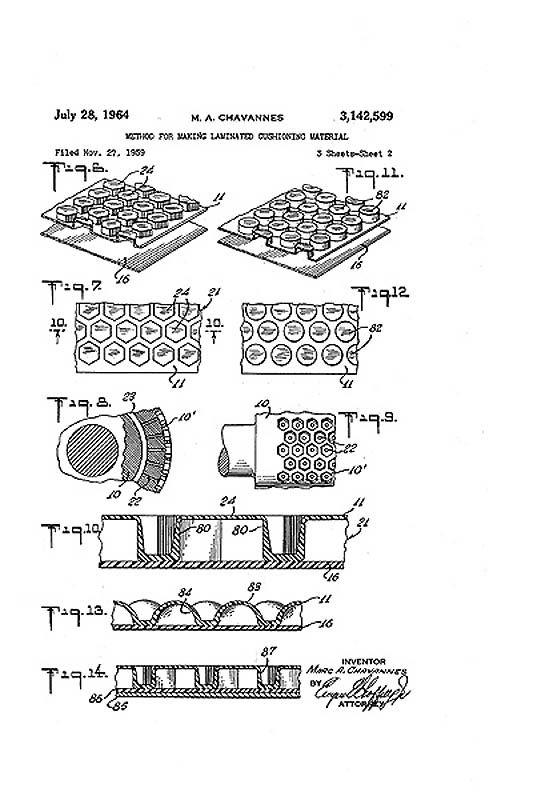
In the late 1950s, the engineers E Fielding and Marc Chavannes experimented with a new type of wallpaper with a textured plastic surface. During the flight Chavannes drew attention to the "soft" clouds below the aircraft, the setting for landing, and it told him the idea to use the air contained in plastic as a packaging material. (Hidden Heroes)
18. Folder.
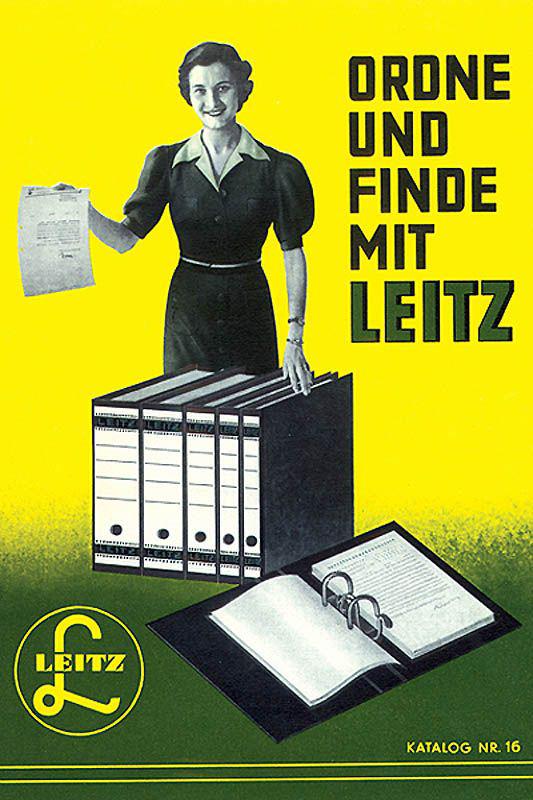
The mechanism folder has not changed since the invention of Friedrich Zonnekenom in 1886 and modifications Lyayttsa Louis in 1896. Although now more and more documents are stored in a digital format, the folder remains an important tool and a symbol in the office. The inscription on the photo translates to "organize, and find a Leitz" (Leitz)
1. cartons Tetra Pak.

For a long time the standard is glass bottles, but improvements in the packaging industry in the United States 1940 inspired by Swedish businessman Ruben Rausing to find alternatives. He developed a method of creating a sealed vessel of special cardboard and wrapping. The technology is called Tetra Pak - just called and waterproof cardboard. In the late 1960s, such packaging has become a standard for storing non-perishable milk. (Tetra Pak) 2. The carrier for six cans

He became the answer to the question as to simplify the carrying of half a dozen cans of beer. Research Engineer of Illinois Tool Works named Jules Ougleza Poupitch received three patents for their inventions between 1959 and 1963. He was the first who saw the potential of plastic and used it to create the package with a minimum expenditure of effort and material. (Andreas Suetterlin)
3. reflectors.

During the active development of road transport in the 1920s, the issue of road safety rose very sharply. Englishman Percy Shaw, inspired by the case of the reflection of light of headlights in the eyes of a cat, in 1934 created the first reflectors and called it "Cat's Eye". His invention is used to this day, contributing to road safety and not wasting energy. (Reflecting Roadstuds Ltd)
4. Rubber Band.

Rubber industry in the UK was founded by Thomas Hancock in the mid-nineteenth century. In the mid-1840s, working with his American counterpart, Charles Goodyear, Hancock discovered the effect of vulcanization - heated rubber with sulfur acquired much more useful properties. Mr. Hancock patented process, and a year later one of the licensees, Steve Perry, used it to create a rubber band. (Andreas Suetterlin)
5. Glass jars.

Until universal electrification of homes and before the fruit and vegetables became available year-round conservation in glass jars was the most common way to store food. Company Weck, established January 1, 1900 became world famous thanks to the fact that the patented method of preservation. At a time when consumers are increasingly worried about natural products, canned experiencing a revival. (J. Weck GmbH u. Co. KG)
6. Tin.

The origin of tin goes back to the days of Napoleon. He needed a means of ensuring food supplies, which would not be spoiled for a long time, and he announced a competition for the solution of this problem. In 1809 Nicolas Appert offered to put products into sealable containers, pre-sterilizing them with boiling water. In 1810, the British merchant Peter Durand suggested instead of glass to use metal containers coated with tin, and King George III gave him a patent for this invention. (Andreas Suetterlin)
7. pacifier.

Back in the sixteenth century, children were given sugar or other foods wrapped in a piece of cloth to soothe and distract. Around the year 1900 took the form of a dummy, which has been preserved until now: she nipple shield (that the child could not swallow it) and a pen. In the photo drawing nipples, patented Kelvin Bray in 1959. (Hidden Heroes)
8. Pencil

Pencils first appeared in the sixteenth century, when Kumberlende, England, found deposits of graphite. For a long time it was thought that this lead ore, but in 1779 Carl Wilhelm Schiele proved that this carbon. Nicolas Jacques Conte developed a method proivzodstva pencils, buyout is still in use: graphite rod is baked in the oven and is a wooden shell. (AW Faber-Castell Corporate Administration. Archive and Collections)
9. Corkscrew.

His story begins in the late eighteenth century. The wine is stored in oak barrels, but to increase the shelf life, it was poured into glass bottles and closed them tightly stoppered. No one exactly knows who first invented the corkscrew, but the first patent issued in 1795, belongs to the British priest Samuel Henshellu. Today, there are about 50 000 models and variations of spin. (Andreas Suetterlin)
10. tissue.

It brings together two opposites, because at the same time should be soft and durable. Large manufacturing companies are Kleenex from the US and Tempo from Germany. In Germany alone, every year there are about 40 billion napkins. (Alamy)
11. A light bulb.

Thomas Edison and Sir Joseph Swan invented the light bulb almost simultaneously and independently from each other. Together, they created the company "Ediswan". In the future construction of the bulb has been greatly simplified, and the invention has simplified the lives of billions of people across the globe.
12. Zipper.
This clasp is easy to use, but has a rather complex design and operation. Rotor teeth connects on both sides - they have a convex top and concave bottom - so that they lie in a vertical row in a staggered manner. To unzip, slider lifts the teeth so that they disunite. Swede Gideon Sandbek spent years improving the design. (Sebastian Errazuriz)
13. The tray of eggs.

The idea to do trays of pressed fibrous material belongs to the American Martin Kizu. In the early twentieth century, he tried to press trays made of wood with steam. He soon realized that it is easier to use sawdust, which can be given any shape. So he created a simple and inexpensive method for the production of packaging material. Despite the fact that much has changed since the 1930s, cardboard trays of eggs remained exactly the same. (Andreas Suetterlin)
14. Patch.

To close small wounds and cuts that appeared at his wife while working around the house, the American Earl Dixon gauze stuck to the adhesive tape. Soon the company Johnson & Johnson, where he worked Earl began to produce his invention called the Band-Aid. In Germany, almost at the same time appeared on the market a product Hansaplast. (Beiersdorf AG)
15. Barcode.

Today in international trade without the barcode can not do. At the initiative of IBM in the United States it was introduced in 1973. In economics, the universal adoption of barcode Earth has become one of the largest voluntary agreements. Considered the inventor Norman Woodland, received a patent for it in 1952. (Alamy)
16. The tea bag.

The invention of tea bags was accidental. In the early twentieth century American merchant Thomas Sullivan transporting test samples of tea in small silk bags, and one of the buyers are not emptying tea threw the bag in boiling water. In 1913, two German entrepreneur Eugen Nissle and Rudolph Anders registered the name "Teefix" for muslin tea bags. Tea bags of paper fibers were extended in 1930, when it became possible to seal them under the influence of temperature. (Hidden Heroes)
17. bubble wrap.

In the late 1950s, the engineers E Fielding and Marc Chavannes experimented with a new type of wallpaper with a textured plastic surface. During the flight Chavannes drew attention to the "soft" clouds below the aircraft, the setting for landing, and it told him the idea to use the air contained in plastic as a packaging material. (Hidden Heroes)
18. Folder.

The mechanism folder has not changed since the invention of Friedrich Zonnekenom in 1886 and modifications Lyayttsa Louis in 1896. Although now more and more documents are stored in a digital format, the folder remains an important tool and a symbol in the office. The inscription on the photo translates to "organize, and find a Leitz" (Leitz)


